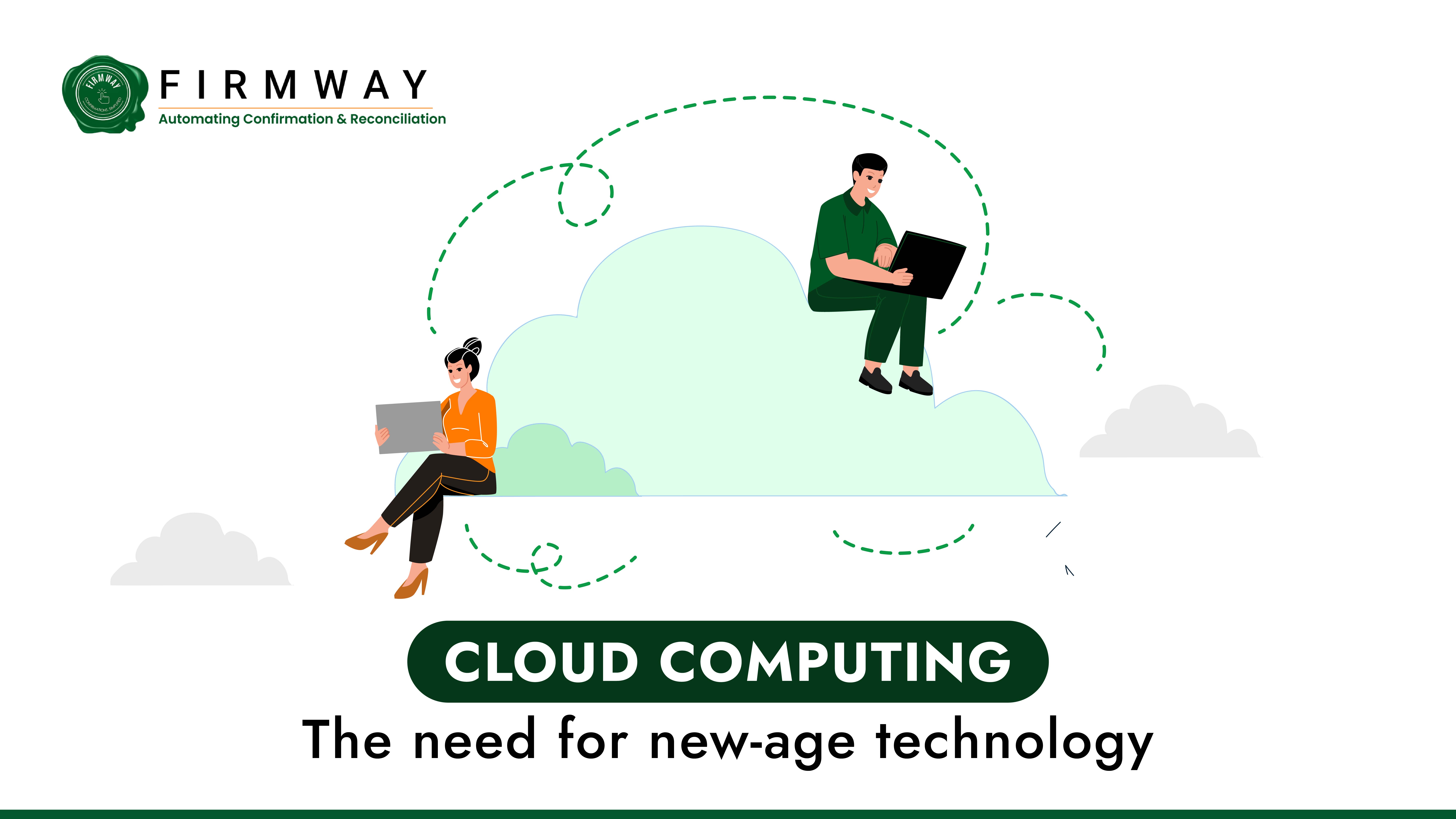Digital Transformation – Importance and Roadblocks Ahead
Technology is changing the way businesses operate. Leveraging technology has become key to remain relevant. Technology is the catalyst for automating business processes and improving efficiency. However, digitization has its own set of challenges. Here’s why digitization is more of a necessity than a choice for businesses and what can be the roadblocks when undergoing digital transformation.
Importance of Digitization
To understand the importance of digitization, let’s take a quick look at how the world is responding to the same:
- 70% of the companies are working on a digital transformation strategy or already have one
- The market size of digital transformation is expected to reach $2.1 trillion by 2030.
Following are some of the key points that highlight the importance of digitization:
- Saving Costs: Digitization can help you save a ton of costs in the long run. Managing everything physically using traditional methods only adds to the cost, effort and space. While transitioning from old methods to new ones might invite certain initial costs, it will reward in the long run.
- Better Efficiency: Digitisation and using technology for automation leads to better productivity and efficiency. With everything being digitized, the time required to perform tasks reduces to a fraction of what it required earlier.
- Warding Off Risks: There are various risks associated with traditional methods. Digitisation ensures confidentiality as access can be controlled. Further, it also ensures disaster recovery with proper backup mechanisms in place.
- Higher Accuracy: The core foundation of digitization is minimizing human involvement. Humans are prone to errors. As digitization reduces human intervention, the chances of errors decrease manifold.
Roadblocks in Digitization
As stated earlier, digitization too has its own set of challenges. Following are the major roadblocks an organization might face while implementing digitization:
- Lack of Shared Vision: One of the key drivers of digitization is automation. There might be resentment from employees over the fear of losing jobs due to automation. There needs to be a shared vision towards the development of the organization. Digitization is a team game. There should be a clear demarcation of duties and responsibilities.
- Upskill Talent: Learning is paramount for growth and prosperity. As the world transforms digitally, organizations need to continuously upskill and train their workforce to adapt to changing environments.
- Lack of Courageous Leadership: Leaders are the catalyst of change. Leaders define, design and shape their workforce’s vision. Therefore, they need to welcome the changes brought by digital transformation.
- Initial Costs: There might be certain initial costs due to the transition. However, the organisations need to understand that in the long run, the benefits will outweigh the cost.
How Firmway is Bringing Digital Transformation?
Firmway is bringing digital transformation into the accounting functions by allowing businesses to automate balance confirmations, auto reconciliation, data and collection management. Whether it is about reconciling GST credit or ledger reconciliations, Firmway does it all. It’s time you also automate your accounting functions the Firm-way!



 Conclusion: Embrace the Cloud for Digital Transformation
Conclusion: Embrace the Cloud for Digital Transformation


